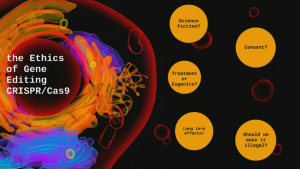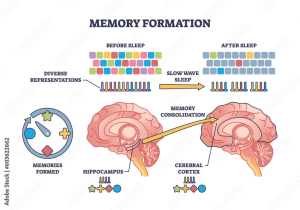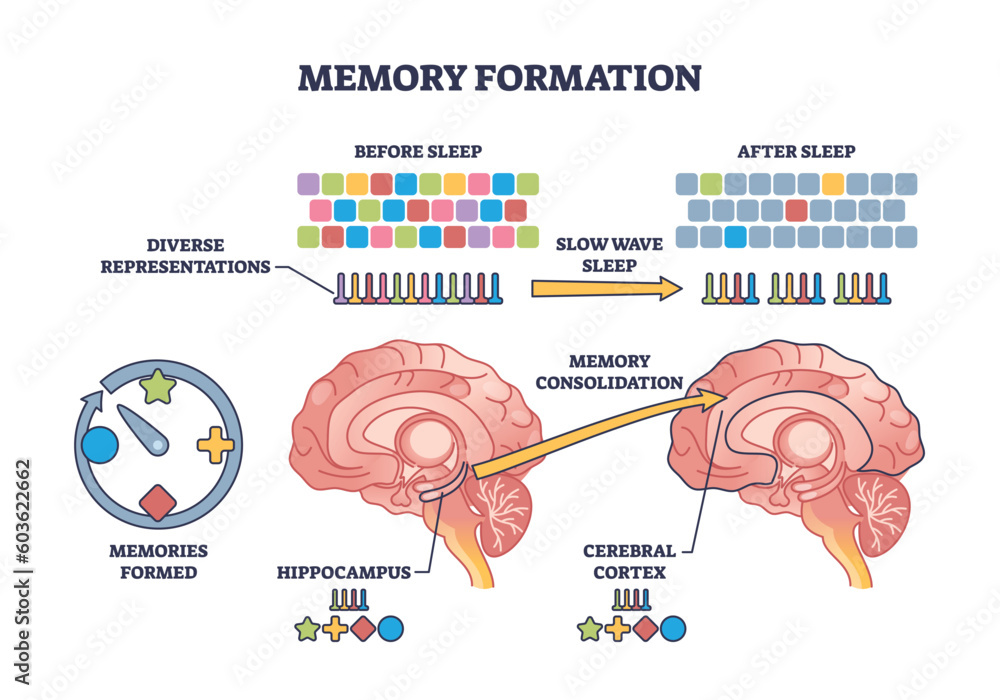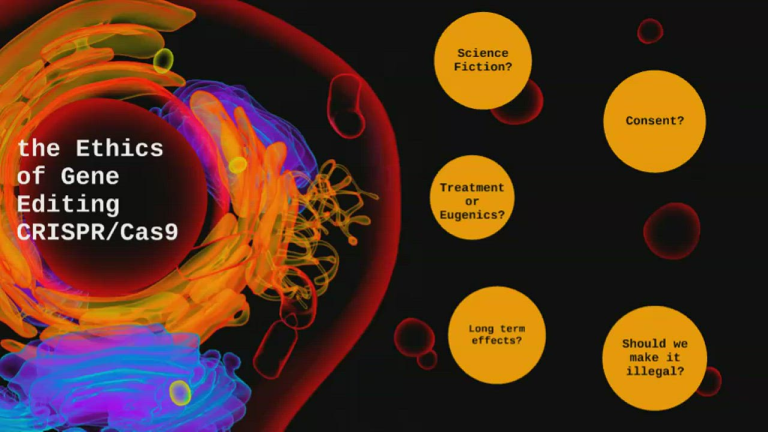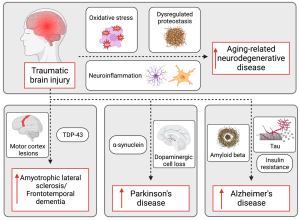Memory formation is a fascinating process intricately linked to the brain’s complex neural networks. Recent advancements in neuroscience have unveiled groundbreaking techniques that illuminate how our brains encode, store, and retrieve memories. Central to this understanding is synaptic plasticity, the dynamic ability of synapses, or neuron connections, to strengthen or weaken over time based on activity and learning experiences. As researchers delve deeper into the molecular biology underlying these changes, they are uncovering valuable insights that could inform innovative dementia therapies and enhance our comprehension of the learning process. By examining these intricate biological mechanisms, scientists are paving the way for future treatments that could revolutionize care for those affected by memory-related disorders.
The process of memory creation and retention is often described as the brain’s remarkable ability to forge lasting impressions through intricate neural interactions. Scientific exploration into how our brains manage these crucial tasks highlights the role of synaptic connections and their plastic nature, adapting over time as we learn and grow. With cutting-edge research focusing on molecular mechanisms, scholars are shedding light on potential therapeutic interventions for cognitive impairments, particularly those related to dementia. The exploration of memory formation not only enriches our understanding of human cognition but also opens doors for significant advancements in neurological health. As the field evolves, continually integrating insights from diverse disciplines will be vital in addressing the complexities of memory and learning.
The Neuroscience of Memory Formation
Memory formation is a complex process intricately tied to the architecture of the brain’s neurons. Neuroscience has established that our memories are not merely stored but are formed through dynamic processes involving synaptic plasticity, which refers to the ability of synapses to strengthen or weaken over time. This phenomenon is essential for learning, as it allows the brain to adapt and reorganize in response to new information. A thorough understanding of memory formation enables researchers to delve deeper into how experiences shape our neural pathways, paving the way for innovative treatments for cognitive disorders.
Recent advancements in neuroscience have shed light on the mechanisms behind memory formation. The groundbreaking technique, EPSILON, developed by Harvard researchers, provides insights into the signaling pathways that facilitate synaptic plasticity. By mapping the distribution of key proteins, such as AMPARs, within synapses, scientists can observe the intricate dance of molecular interactions that underlie our ability to learn and remember. This understanding is not only crucial for basic science but also offers pathways to develop dementia therapies that target synaptic dysfunction in conditions such as Alzheimer’s.
Synaptic Plasticity: Key to Learning
Synaptic plasticity is at the core of how we learn and retain information. It encompasses the biological processes that allow synapses, the points of communication between neurons, to strengthen or weaken their connections based on activity levels. This adaptability underlies various types of learning, from acquiring language skills to mastering a musical instrument. When synapses become potentiated through repeated use, they establish a more robust network for information transfer, enhancing learning efficiency and memory retrieval.
Innovations in molecular biology have unveiled the mechanisms that govern synaptic plasticity, including the pivotal role of AMPARs in modulating synaptic strength. By employing advanced imaging techniques like EPSILON, researchers are now capable of visualizing how synaptic connections evolve during learning experiences. The findings indicate that better understanding of these mechanisms not only illuminates how memories are formed but also informs the development of strategies aimed at reversing memory decline in neurodegenerative diseases.
Exploring New Dementia Therapies
Given the rising incidence of dementia and Alzheimer’s disease, research focused on developing therapies is paramount. Recent studies leveraging the EPSILON technique have provided insights into synaptic dysfunction, which is central to the cognitive decline associated with these conditions. By understanding how synaptic plasticity is disrupted, researchers can begin to formulate therapies aimed at restoring synaptic health and memory function.
For instance, therapies that enhance synaptic function and promote neuroplasticity could potentially slow down or even reverse the progression of dementia. Treatment modalities derived from the latest findings may include pharmacological approaches targeting specific neurotransmitter systems or behavioral interventions designed to stimulate cognitive engagement. A comprehensive understanding of the molecular basis of memory could lead to significant breakthroughs in the way we approach dementia care.
The Learning Process: A Biological Perspective
At its core, the learning process is a fundamentally biological phenomenon that is rooted in the brain’s ability to adapt. The interplay between different types of neural connections and the molecular events at synapses ensures that each learning experience contributes to the neural architecture of memory. Enhanced synaptic connections, fostered through reinforcement learning and practice, exemplify how biological changes underlie cognitive abilities.
Moreover, the learning process can be understood through the lens of synaptic plasticity, which involves complex biochemical pathways. These pathways enable the brain to adapt through mechanisms such as long-term potentiation (LTP) and long-term depression (LTD), processes crucial for encoding new information. Determining how these molecular processes correlate with everyday learning experiences can illuminate pathways for educational strategies and therapeutic interventions.
The Role of Molecular Biology in Memory Research
Molecular biology serves as the backbone for understanding the biological mechanisms underlying memory formation. By elucidating the roles of various proteins and genes, researchers can unravel the intricate web that connects synaptic activity to learning and memory. Investigations into molecules like AMPARs reveal how precise interactions at the synaptic level can significantly influence cognitive functions.
The recent development of the EPSILON technique exemplifies how molecular biology contributes to neuroscience. By providing a clearer picture of synaptic protein dynamics, this approach enables the exploration of questions relating to memory encoding and retrieval. As basic research continues to identify key molecular players, targeted therapies can emerge, offering hope for improved memory function in neurodegenerative diseases.
Understanding Synapses and Their Functionality
Synapses are critical junctions where communication between neurons occurs, and they play a foundational role in all memory processes. The intricacies of synaptic communication involve various neurotransmitters and receptors, which contribute to the efficiency and strength of synaptic connections. This functional diversity allows for a broad range of learning experiences, each characterized by unique synaptic alterations.
Through methods like EPSILON, researchers can visualize these synaptic dynamics in real-time, providing insights into how specific memories are formed and retrieved. Understanding these mechanisms not only enhances our grasp of normal cognitive functions but also highlights potential targets for therapeutic interventions in patients with memory impairment.
Molecular Insights Into Synaptic Behaviors
Recent advancements in molecular biology have unlocked fascinating insights into synaptic behavior during memory formation. The function of synapses is heavily regulated by various molecular mechanisms, including the trafficking of AMPARs, which are essential for synaptic plasticity. By studying these processes at a high resolution, researchers are beginning to map out how synaptic changes correlate with different types of memories.
The EPSILON technique has provided unprecedented clarity into these behaviors, revealing the temporal dynamics of synaptic interactions. Such insights not only advance our understanding of basic neurological function but also challenge existing paradigms in memory research, opening avenues for new therapeutic approaches to enhance cognitive function in aging and neurodegenerative diseases.
The Impact of Cognitive Engagement on Memory
Cognitive engagement plays a crucial role in memory retention and formation. Engaging with new material, whether through discussion, teaching, or application of knowledge, enhances the brain’s ability to create and solidify memories. This principle lies at the foundation of effective learning strategies and has significant implications for how educational systems can foster better learning outcomes for students.
Moreover, understanding the impact of cognitive engagement on synaptic plasticity may inform therapeutic strategies for individuals experiencing memory decline. Encouraging active participation in mentally stimulating activities could support synaptic health and enhance the brain’s ability to adapt in cases of cognitive impairment, ultimately improving quality of life for these individuals.
Future Directions in Memory Research
The landscape of memory research is rapidly evolving thanks to breakthroughs in neuroscience and molecular biology. As techniques like EPSILON become more widely adopted, the potential for discovering novel mechanisms underlying learning and memory continues to grow. This influx of data will allow for a more nuanced understanding of cognitive processes and their relation to health.
Looking ahead, it is imperative that researchers harness these advancements to investigate targeted therapeutic strategies for memory-related disorders. The insights gained from ongoing studies on synaptic behavior and plasticity will be instrumental in developing innovative interventions aimed at enhancing memory function and offering hope for those affected by dementias and other cognitive impairments.
Frequently Asked Questions
What role does synaptic plasticity play in memory formation?
Synaptic plasticity is essential for memory formation as it refers to the ability of synapses, the junctions between neurons, to strengthen or weaken over time, influencing how memories are stored and recalled. This dynamic process allows the brain to adapt and reorganize itself based on new experiences, which is critical for learning.
How does the learning process affect synaptic plasticity?
The learning process is closely tied to synaptic plasticity, as new information leads to changes in synaptic strength. When we learn, specific synapses are potentiated or weakened, solidifying the connections that form memories. This neural adaptation is achieved through molecular changes and structural modifications at the synapse.
What are some dementia therapies targeting memory formation?
Dementia therapies targeting memory formation often focus on enhancing synaptic plasticity and slowing down synaptic dysfunction. Treatments may involve the use of pharmaceuticals that aim to improve neurotransmission or promote synaptic health, aiding memory retention and cognitive function in individuals with neurodegenerative diseases.
What insights has recent research provided about the molecular biology of memory formation?
Recent research has revealed crucial insights into the molecular biology of memory formation, particularly through techniques like EPSILON, which maps the proteins involved in synaptic transmission. Understanding the roles of specific proteins, such as AMPARs, in synaptic plasticity can shed light on how memories are formed and potentially lead to new therapeutic avenues for cognitive impairments.
How can synaptic behavior help us understand the learning process?
Examining synaptic behavior allows researchers to understand the learning process at a granular level. By observing changes in synaptic strength and plasticity, scientists can identify how the brain encodes memories and how these processes may differ for various types of memories, leading to a deeper comprehension of cognitive function.
What is the significance of the research conducted by Harvard on memory formation?
The Harvard research on memory formation is significant as it introduces a novel technique called EPSILON, which offers unprecedented detail in observing synaptic plasticity. This breakthrough can illuminate the molecular underpinnings of how learning and memory are formed, with the potential to inform new therapies for disorders like dementia.
What are enduring memory traces and their relation to synaptic plasticity?
Enduring memory traces, also known as engrams, refer to the persistent changes in the brain that encode memories. These traces are closely related to synaptic plasticity, as the strengthening of specific synapses during learning processes leads to the formation of these lasting memory representations in the neural circuitry.
How do AMPARs contribute to memory formation in the brain?
AMPARs (AMPA receptors) are crucial for memory formation as they mediate fast synaptic transmission and are key players in synaptic plasticity. Their movement and trafficking to synapses during learning processes help strengthen connections between neurons, thereby supporting the encoding and retrieval of memories.
Can understanding memory formation aid in developing new dementia therapies?
Absolutely. Understanding the mechanisms of memory formation and the role of synaptic plasticity can inform the development of new dementia therapies. By targeting specific molecular pathways that facilitate synaptic health and memory retention, researchers can create innovative treatments to combat cognitive decline.
| Key Points |
|---|
| Researchers developed a new technique to understand how learning and memory occur at the molecular level. |
| The method, called EPSILON, allows for detailed mapping of proteins involved in memory formation, crucial for understanding synaptic plasticity. |
| EPSILON utilized advanced fluorescent labeling and microscopy to observe synaptic behavior in unprecedented detail. |
| Findings reveal the rules governing synaptic strengthening and weakening during memory storage, aiding Alzheimer’s research. |
| The technique has already shown a connection between AMPARs and memory traces in mice used in fear conditioning experiments. |
| Future applications of EPSILON may enhance therapies for memory-related disorders and improve understanding of cognitive functions. |
Summary
Memory formation is a complex process that involves the intricate interaction of neurons within our brains. The introduction of the EPSILON technique marks a significant advancement in neuroscience, allowing researchers to map the proteins that play pivotal roles in this process. By illuminating the synaptic structures essential for memories, scientists can better understand how memories are created, stored, and recalled. As research progresses, the insights gained from such studies may lead to innovative treatments for cognitive disorders, providing hope for improving memory function in affected individuals.


